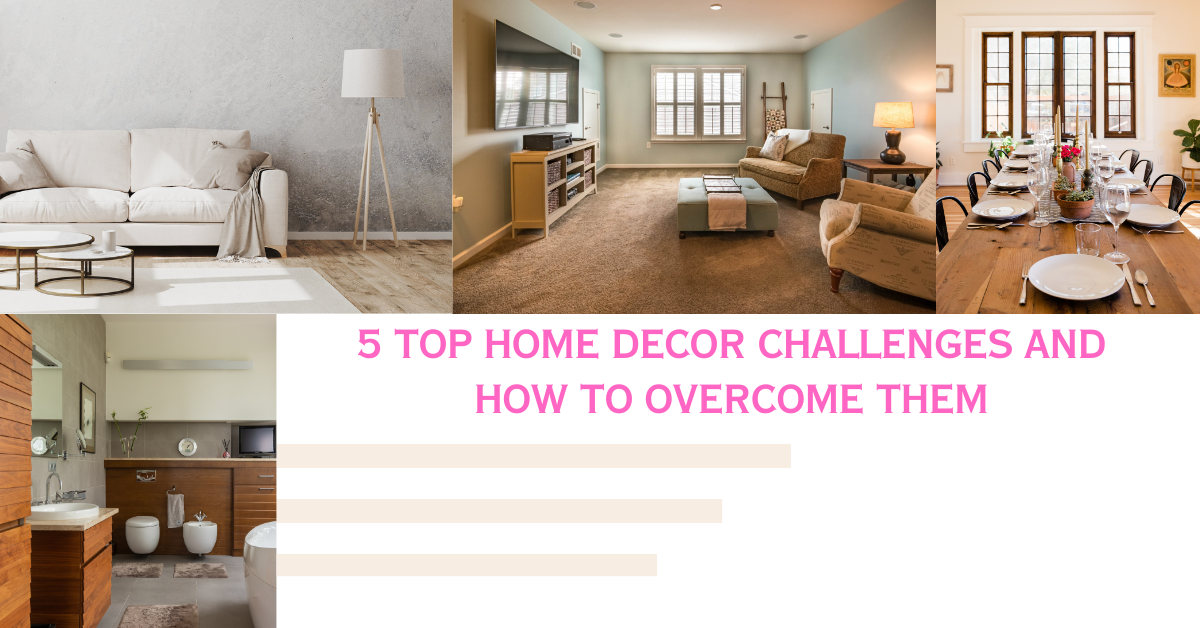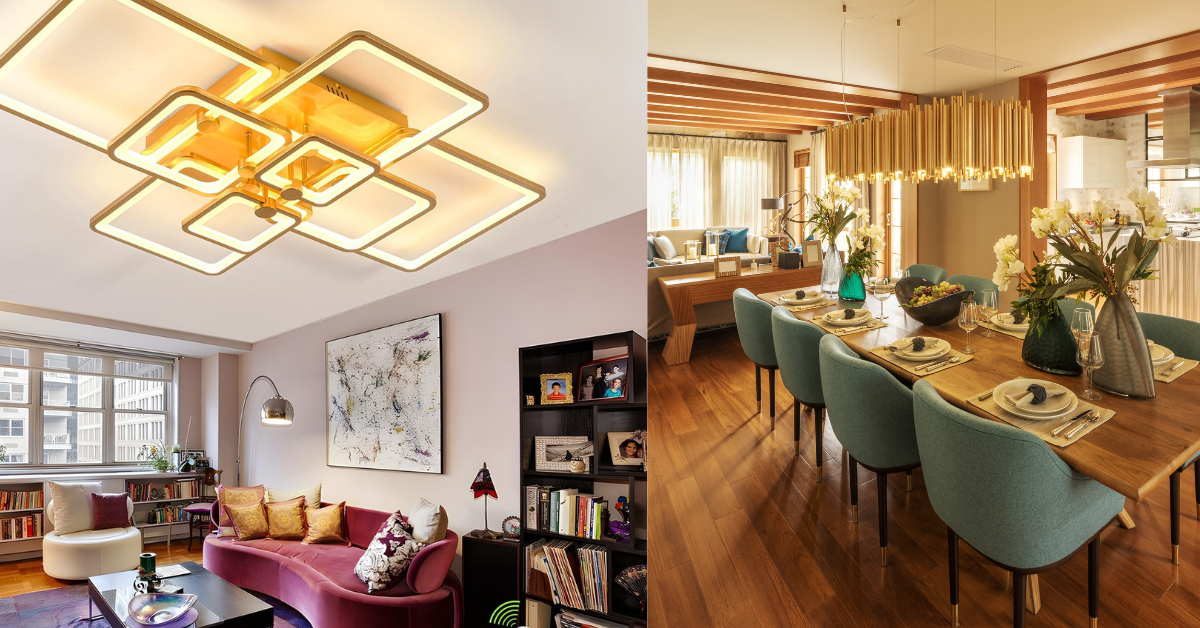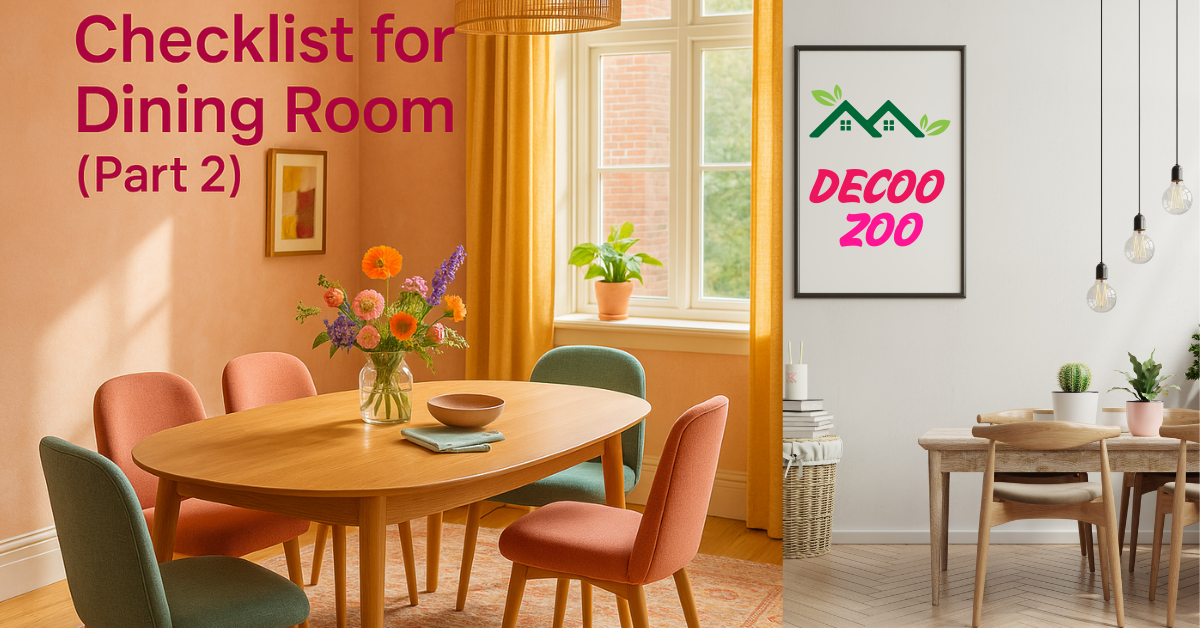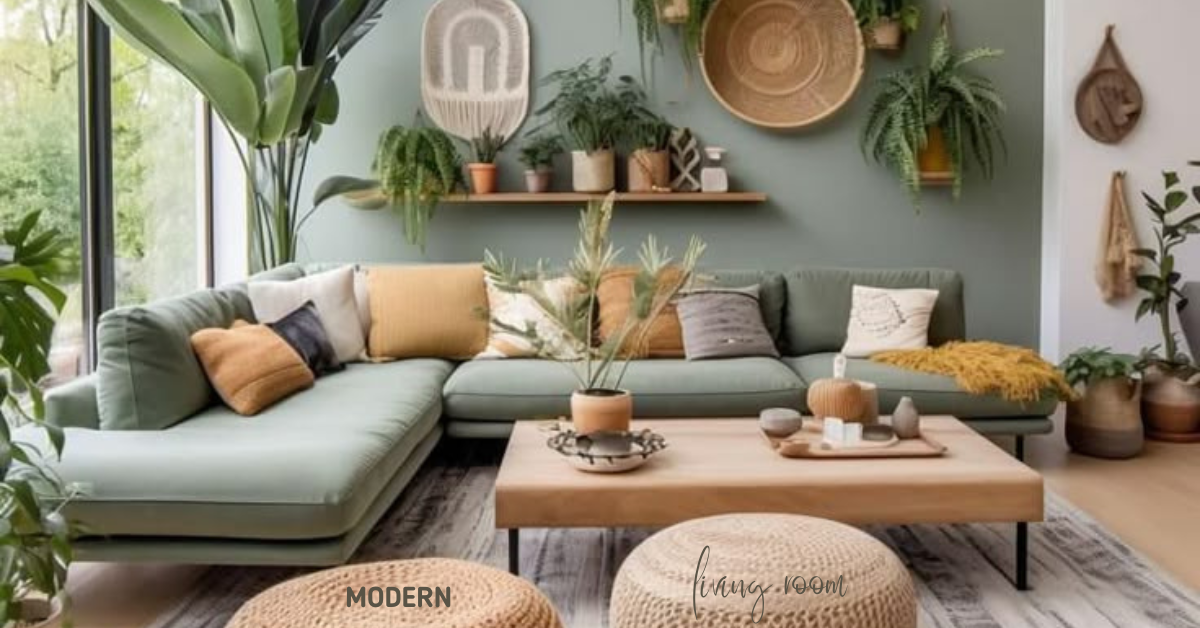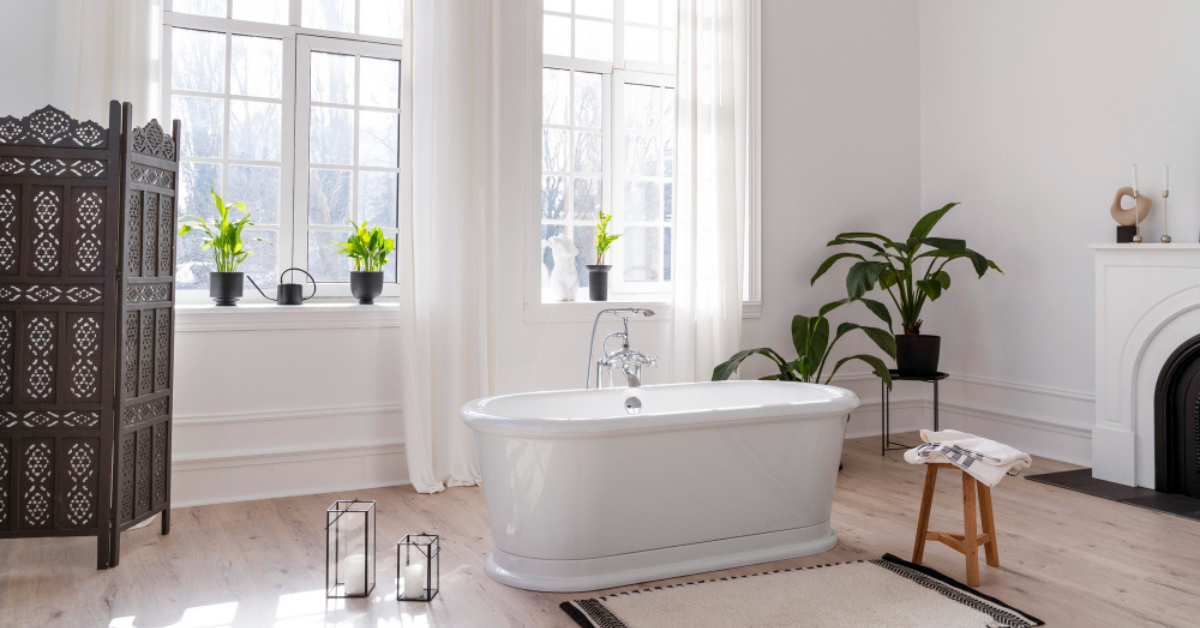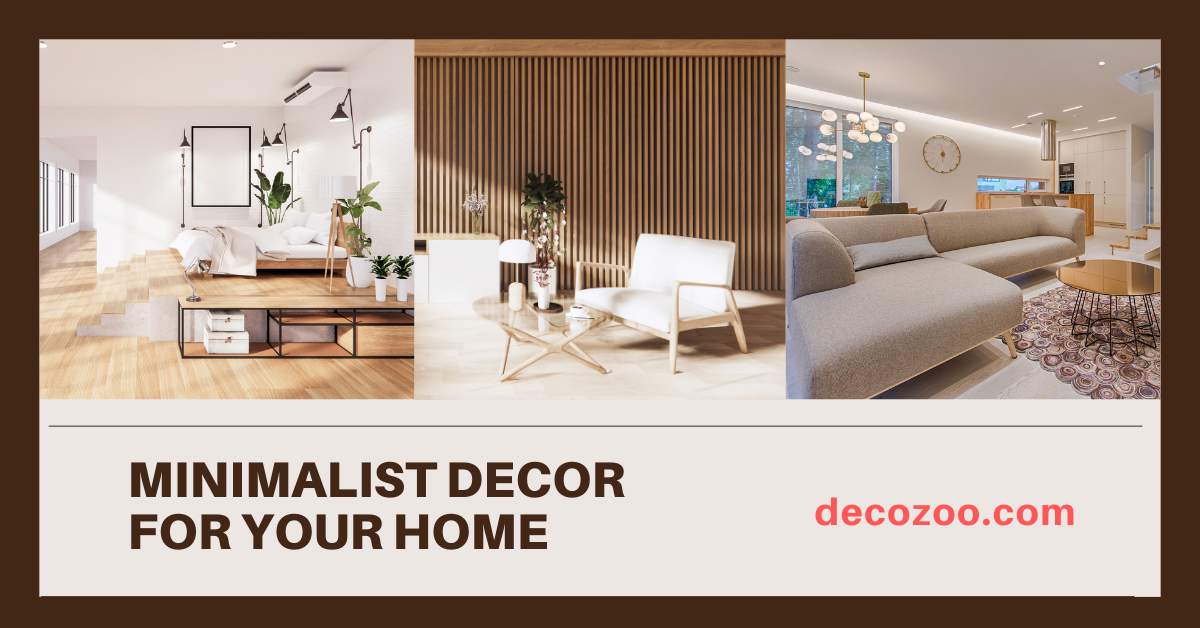🏡 Transform Your Space with These Practical Solutions 🏡
This guideline helps you. Decorating of your home can be enjoyable, but it can feel confusing or complicated. This happens frequently when you move into a new house or want to change the appearance of your current home. Sometimes, you may not know where to put things, what furniture to buy, or how to make the room feel nice and cozy. This guide talks about five common problems people face when decorating their homes. It also gives easy and helpful ideas for solving those problems. To use these simple tips, you can also make your home look beautiful and work better for your everyday life. You’ll be able to enjoy a space that feels comfortable, neat, and just right for you and your family.
📋 Table of Contents
- 🧂 Spice Jar Clutter
- 🛋️ Small Space Overcrowding
- 🖼️ Empty Walls
- 💡 Poor Lighting
- 🛒 Budget Constraints
🧂 1. Spice Jar Clutter
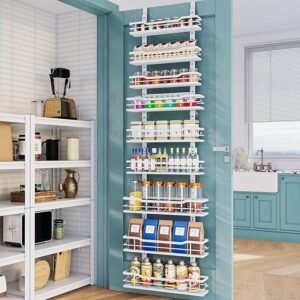
Challenge: Spice jars taking up too much shelf space.
Solution: Utilize a door-mounted spice rack to keep jars organized and visible.
Data Insight: The average household owns 15–20 spices, which occupy approximately 12×12 inches of shelf space. Implementing a door mounted rack can reduce this by up to 80%, freeing valuable shelf space for other items.
Daily Life Improvement: Organizing spices can improve your kitchen and make meal preparation more efficient, as spices are easily accessible and neatly arranged.
Key Factors to Consider When Purchasing:
- Size Compatibility: Ensure the rack fits your cabinet door dimensions.
- Material Durability: Stainless steel, wooden cooking items or heavy-duty plastic can improve your cooking efficiency.
- Adjustability: Choose a rack with adjustable shelves to accommodate different jar sizes.
- Installation Ease: Look for racks that are easy to install without professional help.
🛋️ 2. Small Space Overcrowding
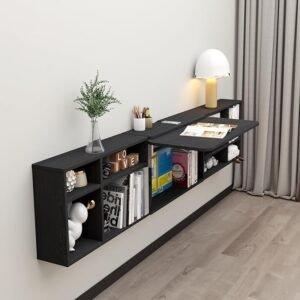
Challenge: Overcrowding a room with so much furniture makes it feel saturated.
Solution: Select multifunctional furniture pieces for multiple purposes, such as storage ottomans or wall-mounted desks.
Data Insight: Overcrowding can reduce a room’s functionality by up to 30%. Choosing space-saving furniture can maximize usable space and improve room flow.
Daily Life Improvement:
Furniture that can be used in different ways helps keep the room open and valuable for many activities without making it feel crowded.
Key Things to Think About When Buying:
- Room Size: Measure your space to make sure the furniture fits well.
- Usefulness: Pick furniture that gives extra storage or can be used in multiple ways.
- Style Match: Choose items that look good with the rest of your room.
- Sound Quality: Buy strong, long lasting furniture. That won’t break easily.
🖼️ 3. Empty Walls
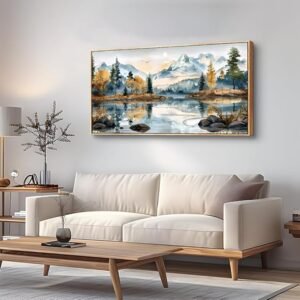
Challenge: Empty walls can make a room feel plain, cold, or unfinished. They often lack personality and don’t add much to the space.
Solution: It’s also possible to improve the appearance of your walls by easily adding paintings, family photos, mirrors, or shelves. These items help make the room more interesting and full of life.
Data Insight: Decorated walls can make a room look up to 15% more valuable. Adding personal items, like pictures or meaningful art, makes the space feel warmer and more welcoming.
Daily Life Improvement: Decorations on your walls make the room feel more like yours. It can improve your mood, make the space feel cozy, and give the room a finished look.
Key Things to Think About When Buying Wall Decor:
- Match the Style: Pick things that go well with the rest of your room’s style or theme.
- Right Size: Make sure the decor fits the wall—not too big or too small.
- Good Materials: Choose strong and good-quality items to last a long time.
- Easy to Hang: It’s not difficult to hang items on the wall, and the way you hang them makes a difference. Some decor is light and easy to hang, while others might need extra tools.
💡 4. Poor Lighting
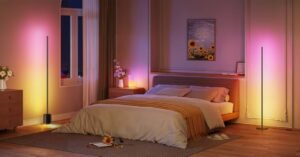
Problem: It’s pretty uncomfortable when the room’s lights are too dark or too bright.
Easy Fix: Combine different kinds of lights, such as ceiling lights (for general light), desk or reading lights (for work), and small spotlights or lamps (for decoration).
Helpful Fact: Good lighting can improve a room by up to 25%. Using a mix of lights makes the space feel nicer and more welcoming.
How This Helps You Every Day: Better lighting helps you see, feel better, and enjoy your space more—whether working, reading, relaxing, or spending time with family.
Things to Keep in Mind When Buying Lights:
- Brightness: Pick bulbs that are not too dim or bright for the room.
- Energy Saving: Use LED bulbs—they use less electricity and last longer.
- Looks: Choose light fixtures that match your furniture and style.
- Adjustability: Get lights with dimmers if you want to change the brightness for different times of day.
🛒 5. Budget Constraints
Problem: You don’t have much money to spend decorating your home.
Easy Fix: Do small, affordable DIY projects and spend money on the most important things first.
Helpful Fact: Doing it yourself (DIY) can save you up to 70% compared to paying a professional. Focusing on areas people notice most, like the living room or entryway, will significantly affect your money.
How This Helps You Every Day: You can make your home look better without spending too much. Even small changes can make your space feel fresh and comfortable.
Things to Keep in Mind When Doing DIY Projects:
- Cost: Choose low-cost tools and materials that still look nice.
- Skill Level: Pick projects you feel confident doing yourself.
- Time: Make sure you have enough time to finish what you start.
- Most significant Impact: Start with updates that will change the look and feel of the room the most.
Fixing lighting and making minor budget updates can improve your home. With good planning and wise choices, you can make your space look better and work better, without spending much money.
Want more home organization tips? Subscribe for weekly updates, and check out Amazon Store Link for the best space-saving products!
(Disclosure: This post contains affiliate links. I earn a small commission at no extra cost to you.)

